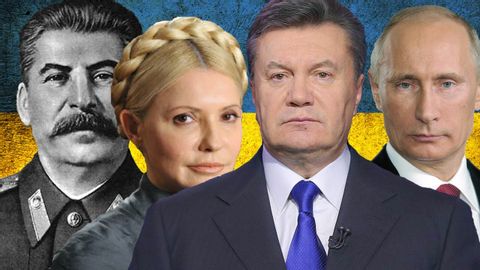
字幕と単語
ウクライナの歴史。第一次世界大戦から2014年革命まで (Ukrainian History: WWI to 2014 Revolution)
00
姚易辰 が 2021 年 01 月 14 日 に投稿保存
動画の中の単語
result
US /rɪˈzʌlt/
・
UK /rɪ'zʌlt/
- n.(試験の)成績 : (実験の)結果;(競争 : 選挙 : ゲームなどの)最終結果 : 結末 : 成り行き
- v.i.~の結果となる;起こる
A2 初級
もっと見る prime
US /praɪm/
・
UK /praɪm/
- v.t.準備させる;下塗りをする;爆発させる準備をする
- adj.最高の;最高の;最も重要な;主要な;最適の;素数
- n.最盛期;全盛期;下塗り;素数;最優遇貸出金利
A2 初級TOEIC
もっと見る sign
US /saɪn/
・
UK /saɪn/
- n. (c./u.)(あるものの存在を示す)しるし : 証拠;(体を使って伝える)しぐさ : 合図;標識;(意味をもつ)象徴 : シンボル : サイン
- v.t./i.手話で話す
- v.t.署名する
A1 初級TOEIC
もっと見る エネルギーを使用
すべての単語を解除
発音・解説・フィルター機能を解除
